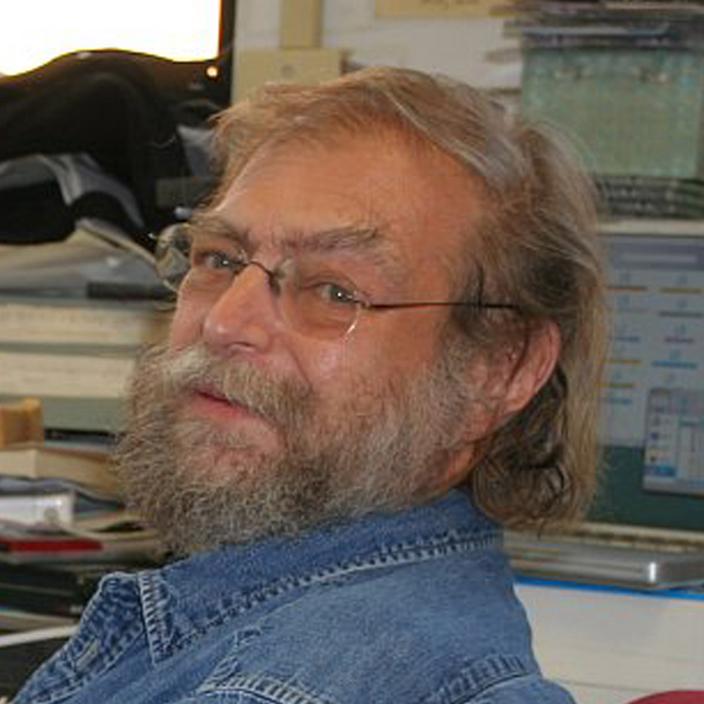
The DNA molecule is of course best known as the fundamental basis of life, the genetic "source code" for every living organism. But its unique complexity and structure make it an ideal foundation for other purposes in the nanoscale realm. Nadrian Seeman was the first scientist to recognize and explore this possibility, in the process placing himself in the singular position of actually founding an entirely new field: DNA nanotechnology.
In DNA nanotechnology, nucleic acids become the bricks and mortar of precisely-engineered nanoscale structures, using the inherent ability of the DNA molecule to self-assemble in programmable and manipulable ways. Like many big ideas, it took an unexpected inspiration to bring it into the light. Most ideas that occur in a bar over a beer tend to be rather less brilliant than they first seem. This one was an exception. Seeman, then an assistant professor of biology at SUNY in Albany, had been working on branched DNA molecules. He had figured out that one could make DNA with at least eight arms, and he went to the bar to think about six-arm junctions. When he sat down, he thought about the six-arm junctions as having planar snowflake-like symmetry. But recalling M.C. Escher's famous woodcut "Depth," he realized that the six-arm junction could be three-dimensional, just like the jacks-like flying fish in that image. He also remembered that the fish were organized into a crystalline 3D array. Seeman began thinking about approaching the problem from a design perspective. What if the base-pairing self-assembling capabilities of DNA could be used to create three-dimensional structures, inside of which biological macromolecules could be organized identically, and thus be characterized like any other crystal?
Answering that question took a lot of work and research, as Seeman developed ways to create and manipulate branching DNA helices with "sticky ends" to connect to other branches in predictable and controllable ways. He first managed to create a four-arm DNA-branched junction, and moved on from there to construct other structures that could serve as the basis of the macromolecular lattice he had originally envisioned. His work was revealed in a series of landmark papers throughout the 1980s and 1990s, including one in 1991 that demonstrated the construction of a cube made from DNA, the first 3D nanoscale object ever created. Other nanodimensional objects, including tile structures and even mechanically active objects that mimic the activity of the ribosome or that could actually walk in a straight path, followed.
While the field that Seeman pioneered is still relatively new and mostly academic, it is quickly developing a more and more practical focus, with various potential applications. Some of these extend beyond the perhaps more obvious possibilities such as facilitating molecular biology or medical research or devising new methods of drug delivery. Caltech researcher Paul Rothemund has built upon Seeman's work to invent "DNA origami," in which long strands of DNA can be folded and manipulated into useful shapes; Rothemund sees the technique as a way to ultimately "program" the functions of molecules just as computers are programmed for particular tasks. Another potential use of DNA nanotechnology is the creation of nanomolds for casting materials at the nanoscale. Other nanomanufacturing techniques are also on the horizon.
As a professor at New York University since 1988, now the Margaret and Herman Sokol Professor of Chemistry, Seeman has trained more than 50 Ph.D. students, many of whom are developing and extending the work he began. He holds numerous patents in nanotechnology and related fields, and his awards include the Kavli Prize in Nanoscience and the Feynman Prize in Nanotechnology. A ubiquitous description of him used both by those who know him personally and those who know him only through his work is "visionary." It is perhaps the best word to describe a scientist who could glean a radical insight from an artwork and use it to lead us into an entirely new realm of scientific, engineering, and manufacturing possibilities that is only beginning to be explored.
Information as of March 2016

